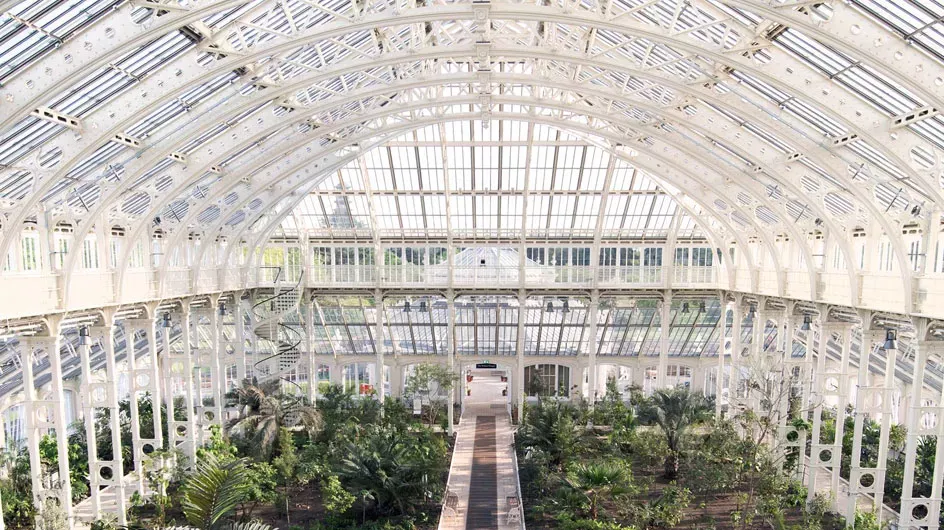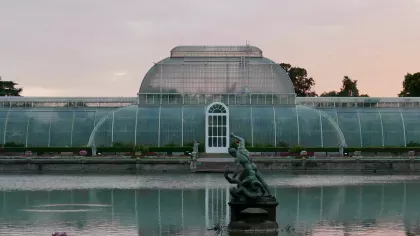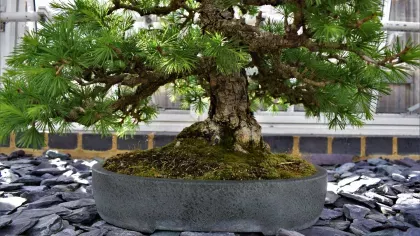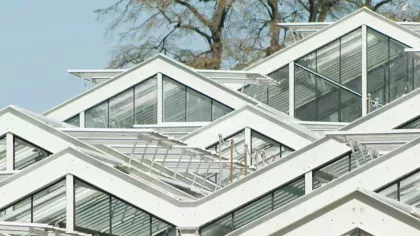20 June 2019
Secrets of the Temperate House
Fascinating facts about the world’s largest surviving Victorian glasshouse from Kew Conservatories Manager, Scott Taylor.

Glass, glass and more glass
More than twice the size of the Palm House, the Temperate House covers 4,880 square metres, has a staggering 15,000 panes of glass and is 19 metres high at its tallest point.
History of the house
The Grade I listed building was designed by Decimus Burton, who also designed our Palm House. The Temperate House took several decades to build, from 1862 to 1899, and first opened in 1863 only three-quarters complete.
Once the largest glasshouse in the world, the Temperate House was originally created to house frost-tender plants.
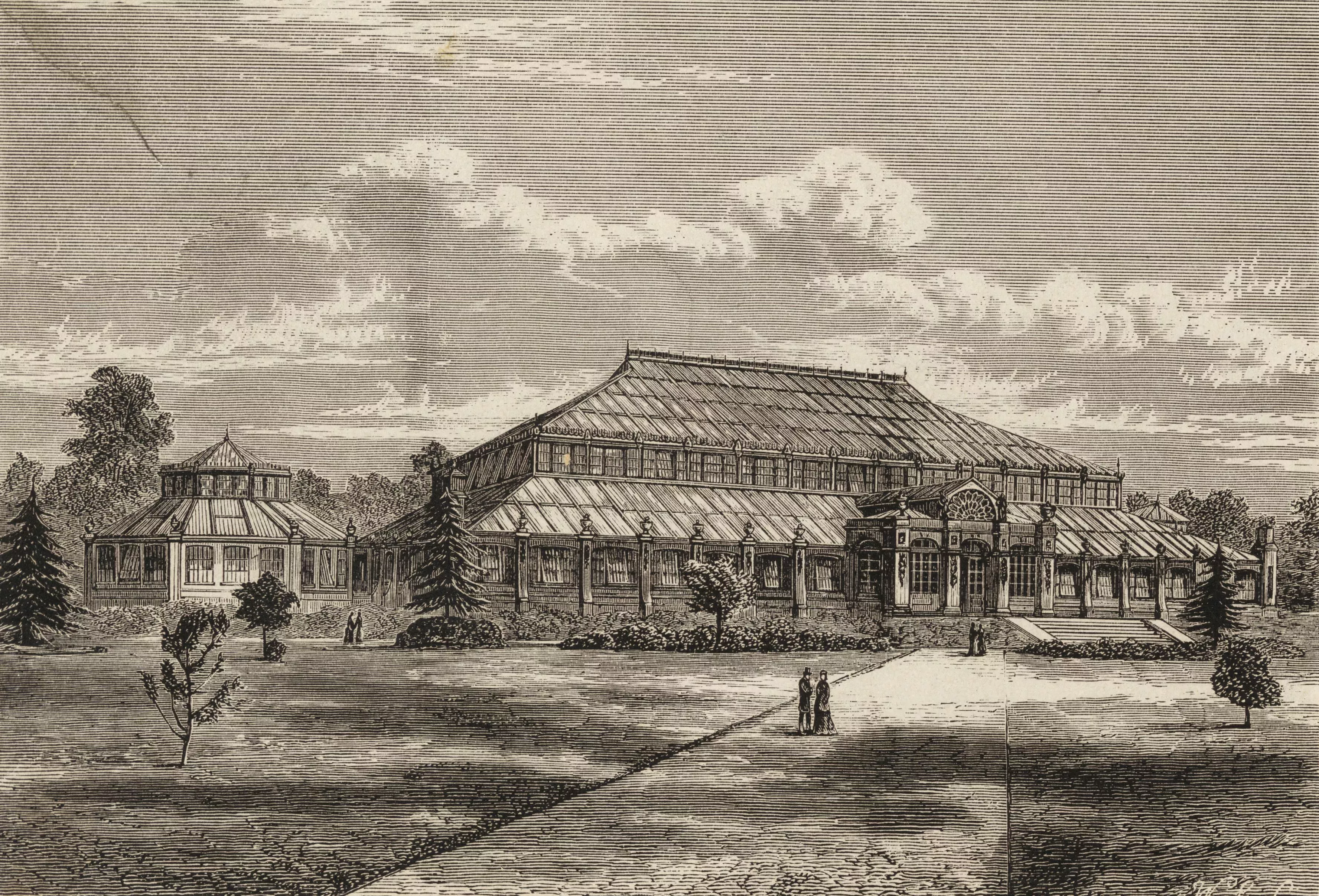
Spot the difference
The architectural details and building materials of the different sections of the glasshouse are quite varied.
The oldest part of the house is the central block and two octagons which were completed and opened in 1863. They display more intricate design details than the newer parts.
The north and south ends were added much later and completed in 1899.
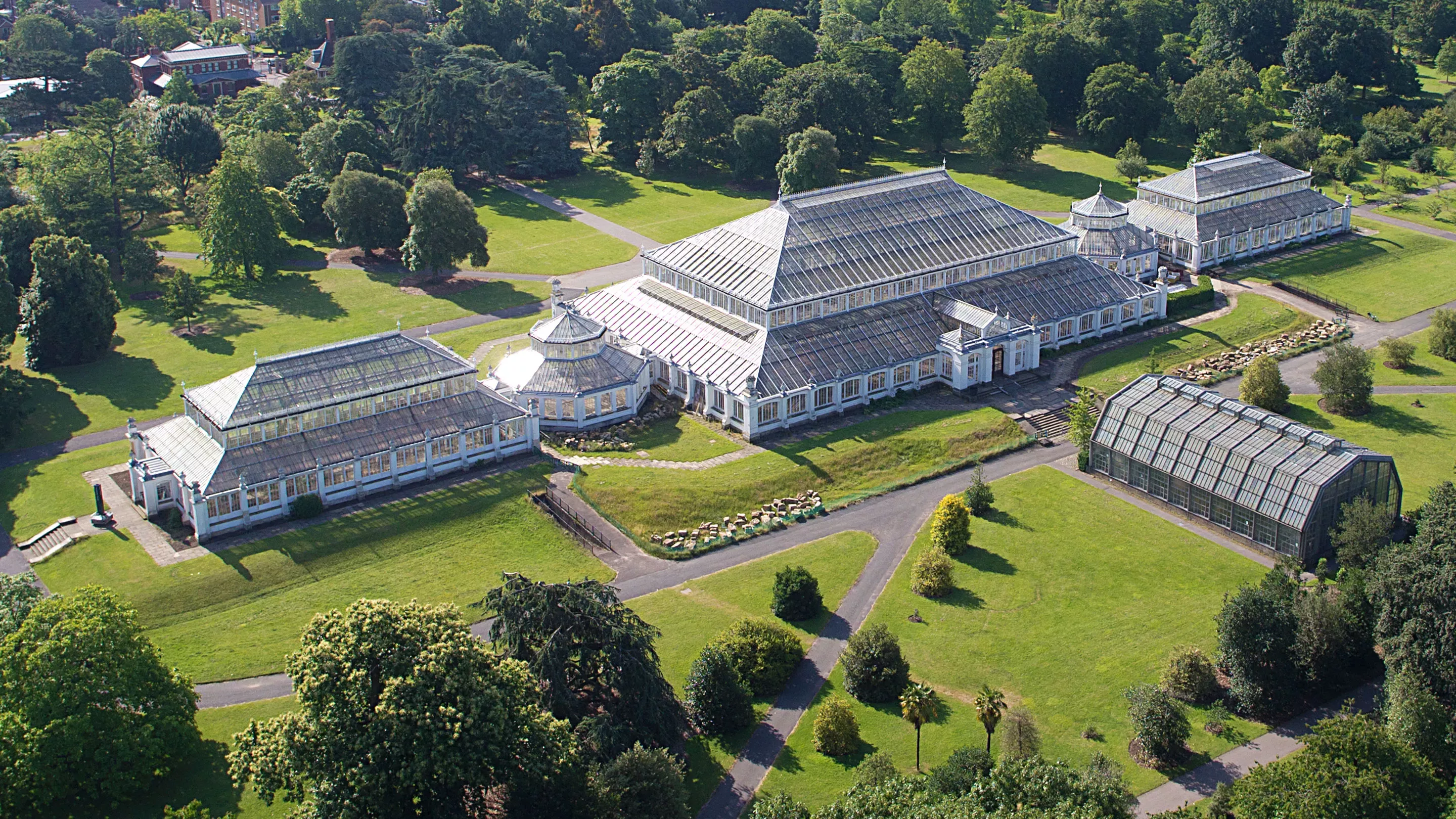
Restoration magic
The historic glasshouse has undergone two major restorations in its time, in the 1970s and 2010s.
The recent five-year project was completed in May 2018. The renovation took 13,800 hours and a team of 400 people to achieve. Cleaning and repairs were carried out on much of the stonework, urns, window frames, ironwork and statues, with 800 windows needing new glass.
During the renovation, old path foundations from when the house was first built and original underfloor heating in the south octagon were uncovered.
Species galore
Before this restoration project, the Temperate House was home to around 1,000 different species of plant. Since reopening in 2018, this has expanded to 1,500 species and more than 10,000 individual plants, all from temperate regions of the world.
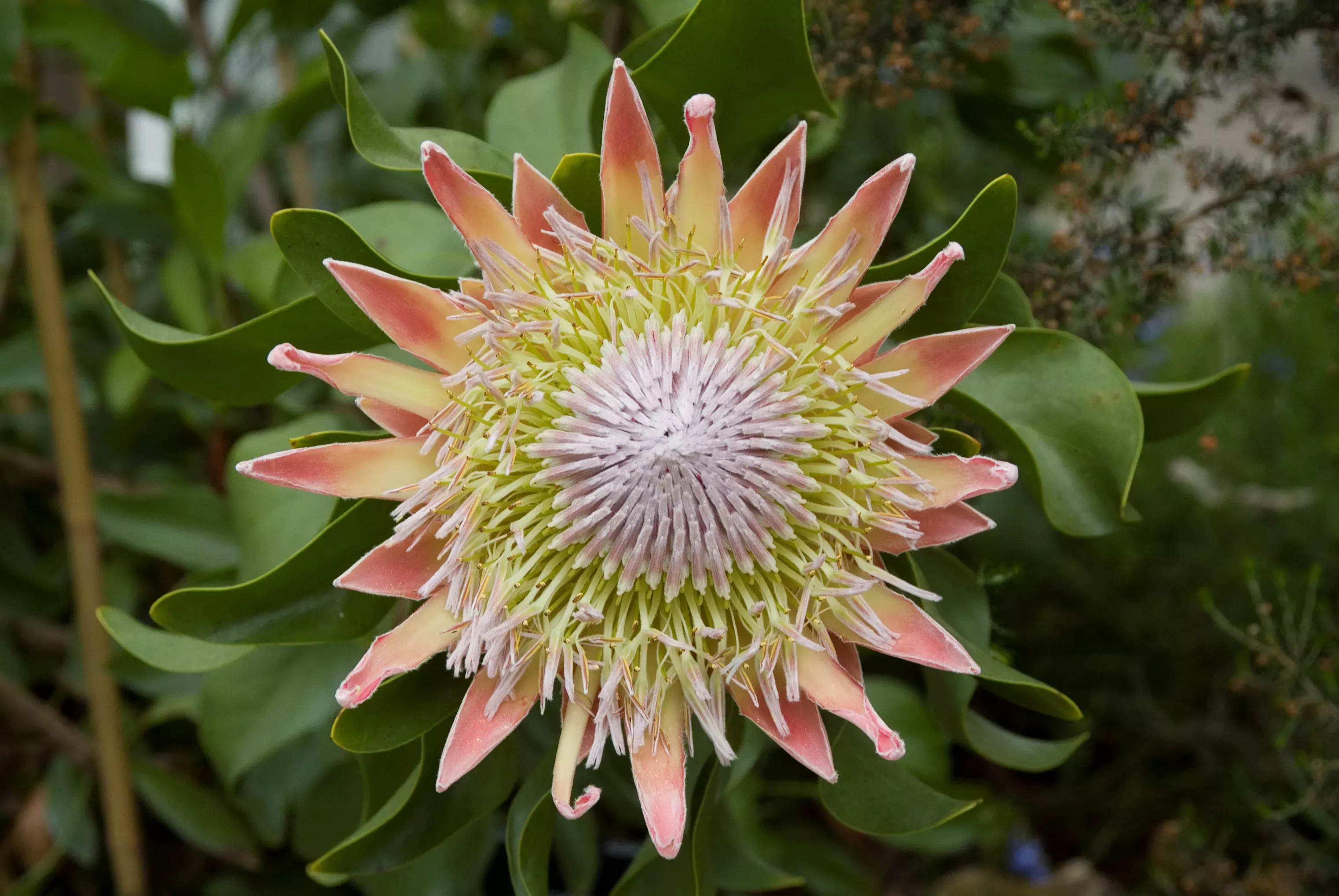
Rare and endangered
We house the world’s rarest and most threatened temperate plants. Six species in the Temperate House are considered Extinct in the Wild according to the IUCN (International Union for Conservation of Nature) Red List.
This means they only exist in botanical gardens and private collections.
It’s extremely important for us to keep these plants and work towards saving them from extinction.
The glasshouse giant
Our tallest tree in the glasshouse is a Handroanthus impetiginosus which can reach 30 metres in maturity.
Planted when it was nine metres tall, the tree had to be carried in on its side by a team of 10 people supporting the root ball, trunk and canopy. Careful pruning is needed to maintain the tree.
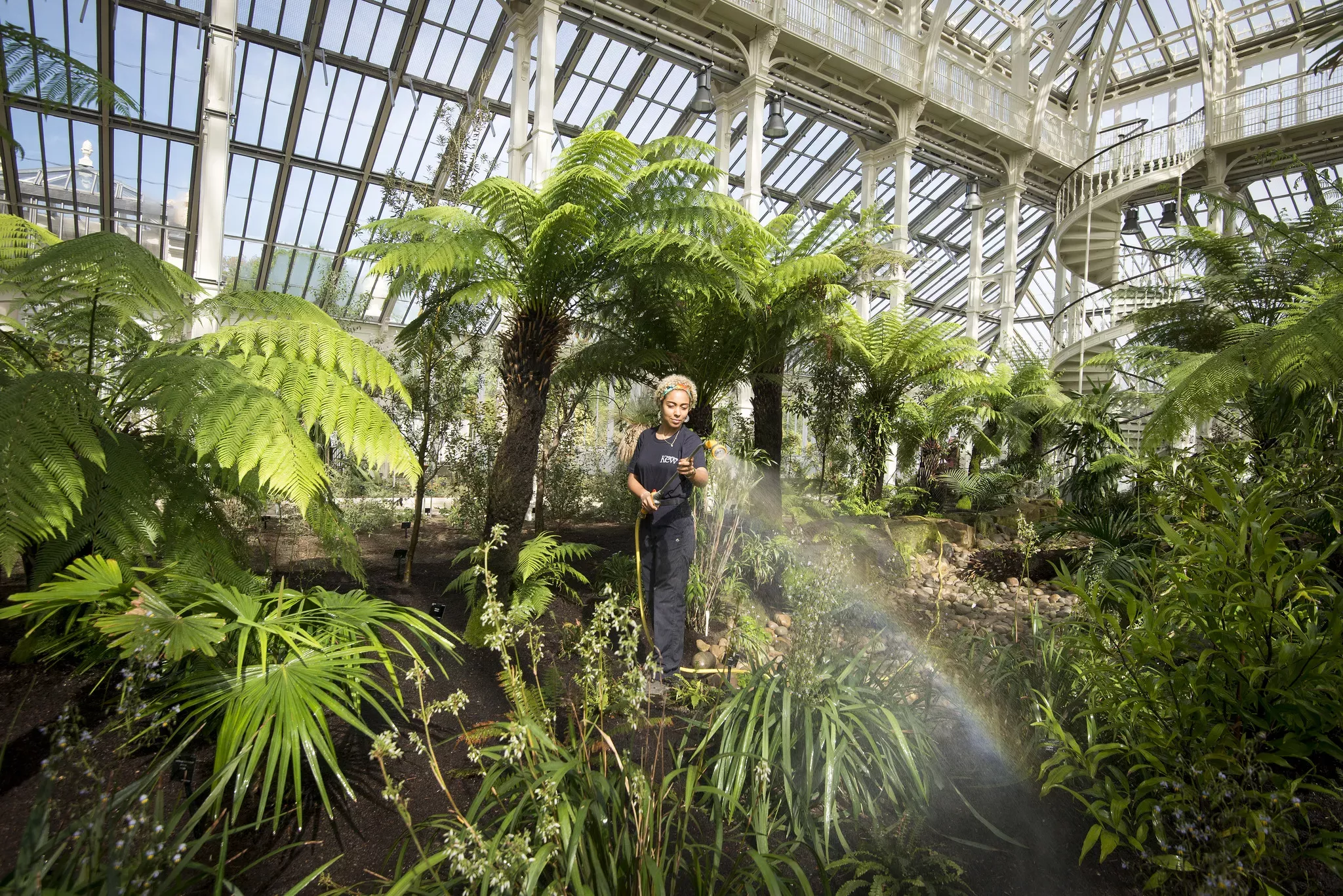
Golden oldies
Our oldest species is a Ceratozamia mexicana which grows in the Americas beds. This plant first arrived at Kew in 1880 and has grown here ever since.
Other oldies include the Chamaedorea pochutlensis, a palm from Mexico, which arrived in 1889, and Caesalpinia cucullata, a shrub from India, which arrived in 1899.
Kew’s loneliest plant
Encephalartos woodii, a cycad from South Africa, holds the title of the loneliest plant at Kew. It’s so rare in fact that only one specimen has ever been found in the wild.
An offcut from this Extinct in the Wild male plant arrived at Kew in 1899 and now grows in our Temperate House. A female Encephalartos woodii has never been discovered so natural reproduction isn’t a possibility.
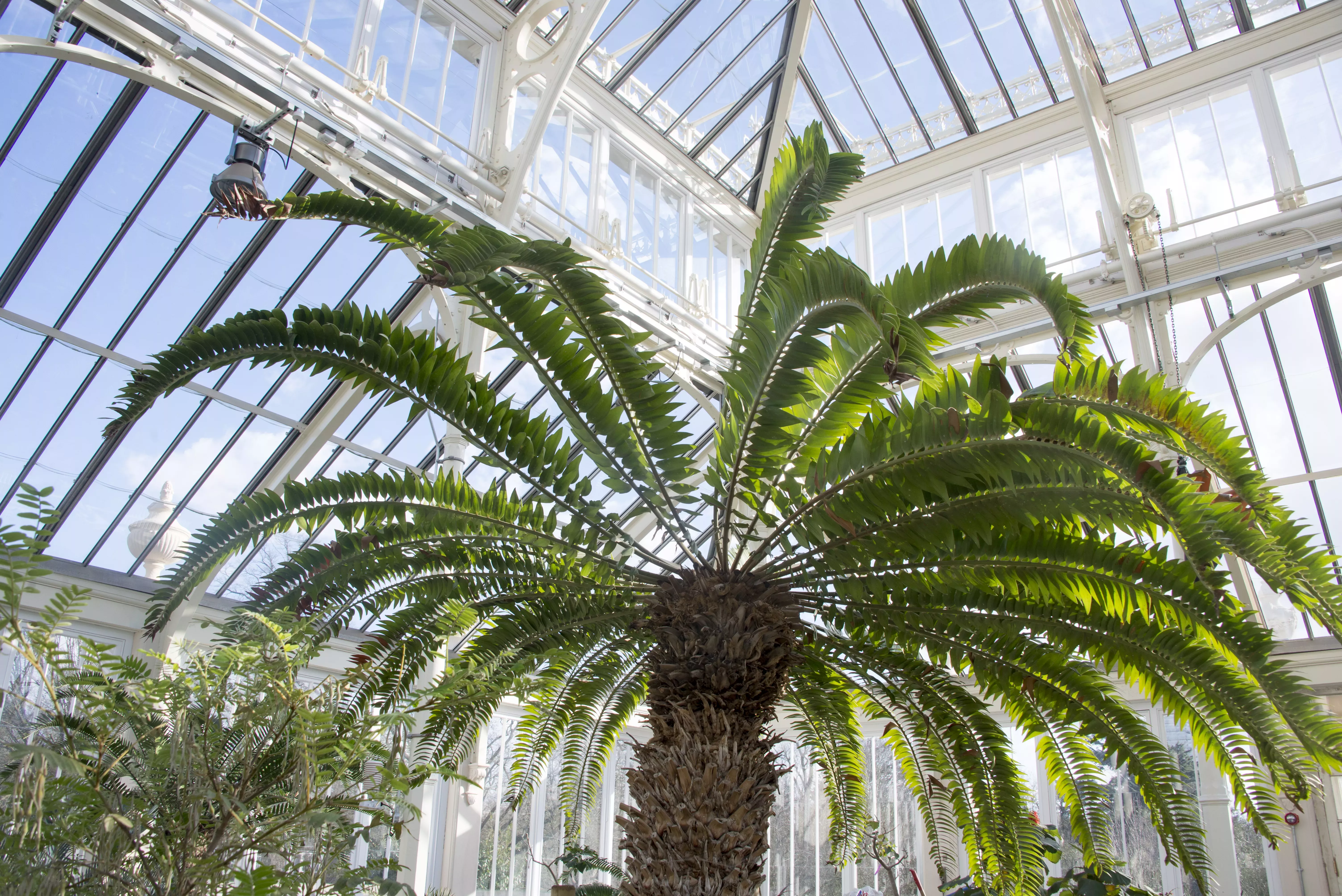
First of its kind
One of our other extraordinary plants is Nesocodon mauritianus. This small shrub, originally from Mauritius, produces bright red nectar, the first plant ever discovered to do so. Another fun fact is that the plant is pollinated by geckos in the wild.
Super science stories
Important scientific work takes place in our Temperate House including DNA sampling for numerous Kew projects and research into plants used in traditional medicine and relatives of known cures to check their potential use in medicine.
Many samples collected here have also contributed to the Plant And Fungal Trees Of Life (PAFTOL), a project which aims to discover the relationships between all plant life.

Hidden surprises
Keep your eyes peeled for the terracotta urns on each corner of the central building. They conceal chimneys that were previously used to release steam from the old heating system.
During the Second World War, 127 bombs were dropped on Kew resulting in structural damage to the glasshouse.
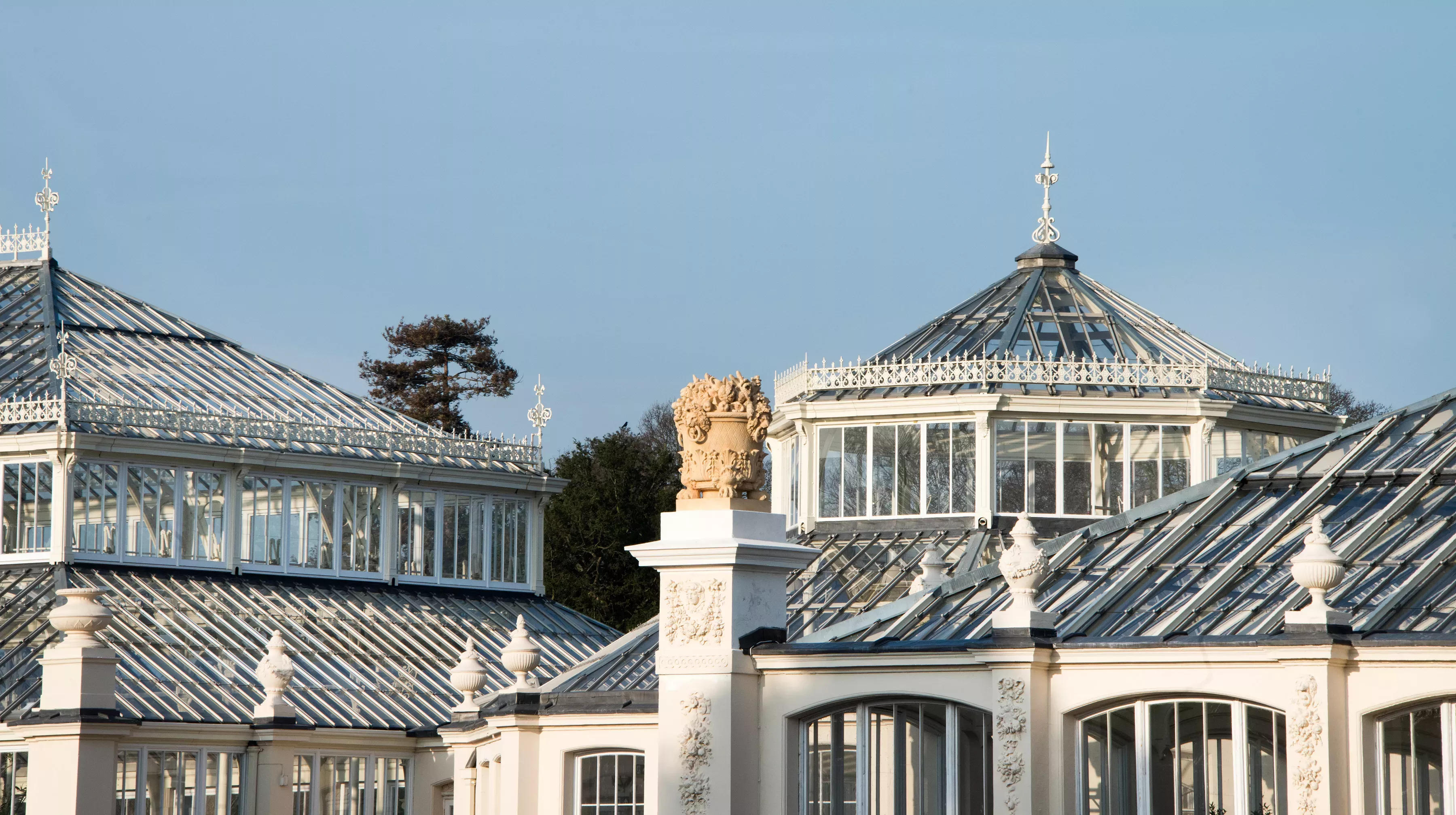
Our team of experts
The Temperate House team is currently made up of three permanent staff, one apprentice and one student.
One of our Temperate House team, Supervisor David Cooke, joined Kew in the 1970s! He has taken part in two restorations of the Temperate House, as well as the restoration of the Palm House in 1980s.

Temperate techniques
All our temperate species need to live in conditions above 10°C to survive.
So on cold winter days, the glasshouse is heated by boilers and radiators, while the windows are kept shut.
During warm summer days, the windows are all opened. When the temperature exceeds 12°C inside the building, vents in the glass roof open, all controlled by a localised sensored mechanism.
Going with the flow
Air movement, pests and diseases all have to be considered when growing plants in a glasshouse.
In nature, when wind blows against a plant it causes extra growth on the stem to help give it strength and form a sturdy trunk. This process is called seismomorphogenesis, meaning growth according to movement, and is important for the health of the plant.
One of the improvements made during the restoration was to have more vents around the building to improve air circulation.
Air movement also helps reduce pests and diseases – mould, mildew and pests love stagnant air.
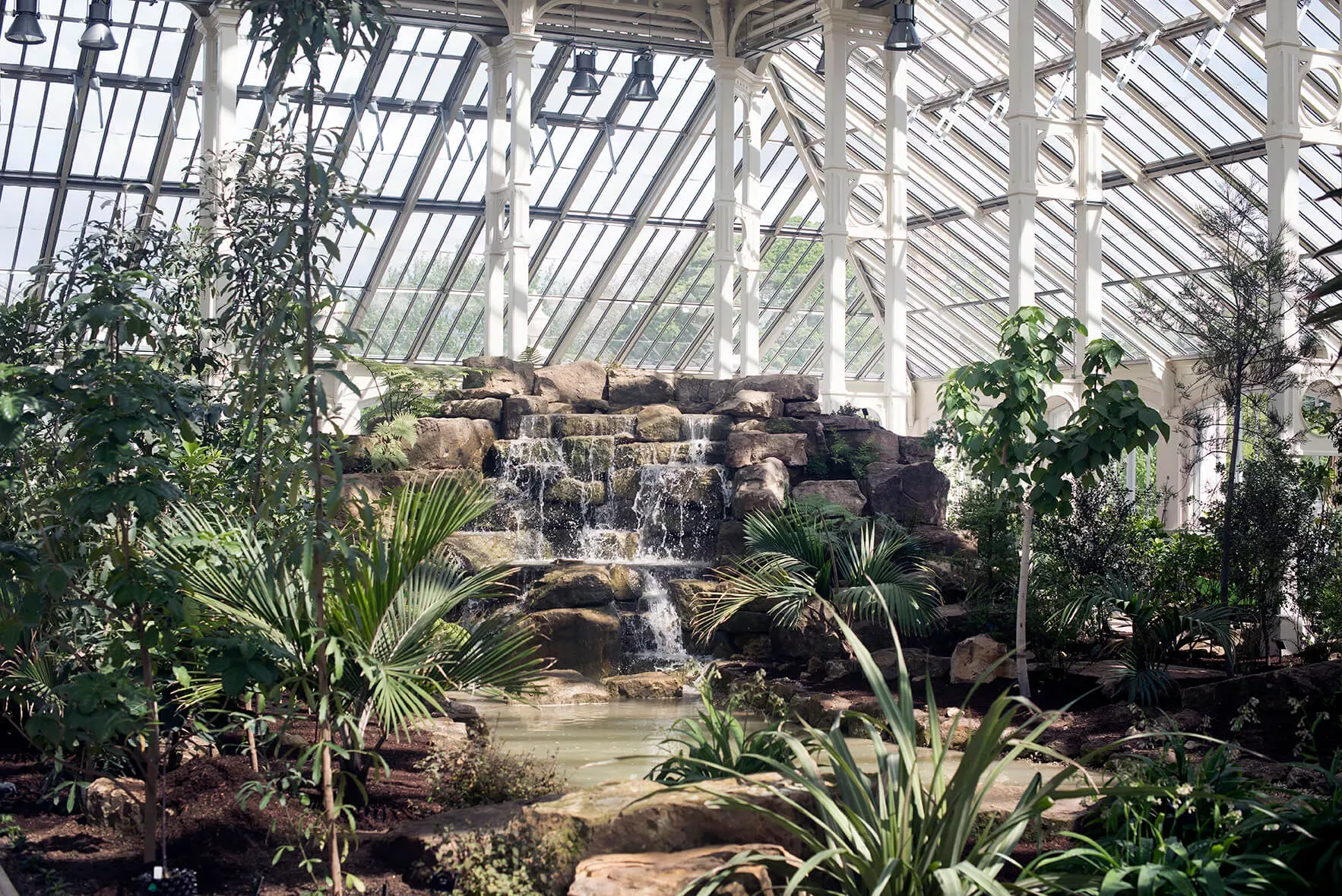
Insect helpers
We try to be as organic as possible so don't spray any pesticides in the glasshouse but use biological controls instead.
Look out for sachets and cards hanging from plants next time you visit. With these plants, we have introduced beneficial insects and fungi to combat the problematic ones. It’s effective but does require keen observation and knowledge to get it right.
